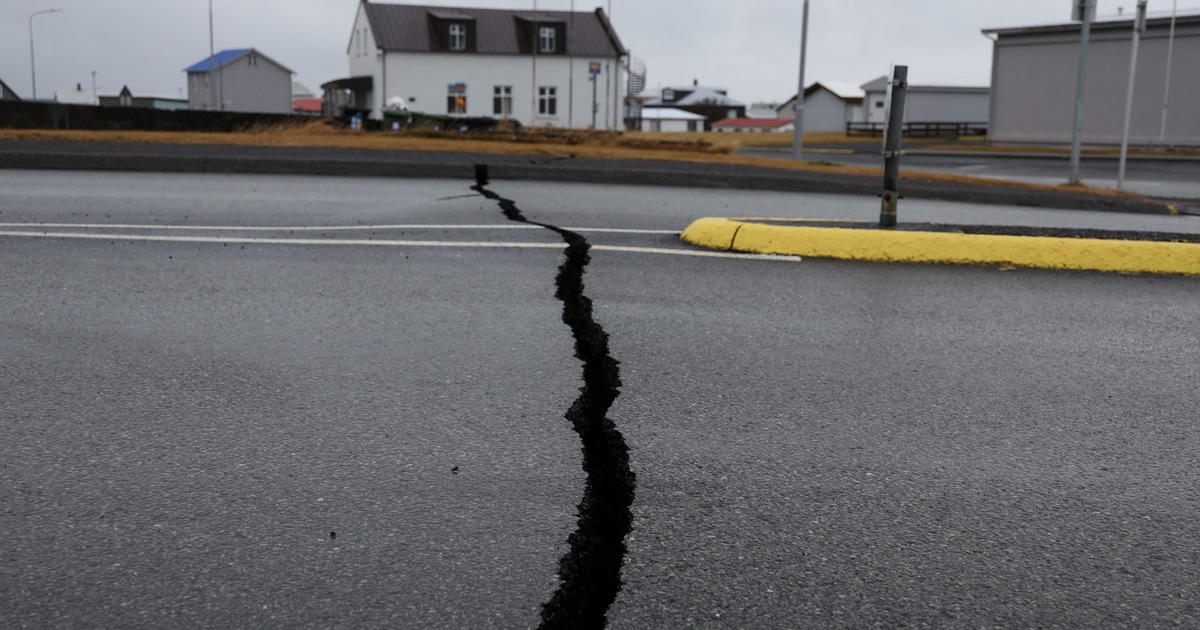Iceland’s meteorological office says that the likelihood of a volcanic eruption “remains high” after hundreds of earthquakes were recorded overnight. According to the office’s last update just before 8 a.m. ET on Tuesday, there were more than 700 earthquakes recorded since midnight, mostly along the location where magma is collecting below ground.
The largest earthquake recorded overnight was an M 3.1, a level at which earthquakes are “often felt, but only causes minor damage,” according to Michigan Technological University. Before midnight, an 3.8 magnitude earthquake also struck, with officials saying that most of the earthquakes recorded were “micro-earthquakes.”
“The likelihood of an eruption remains high,” officials from the Icelandic Met Office said. “If an eruption occurs, the most likely location will be on the magma intrusion. Our latest hazard assessment does not indicate any other potential eruption sites.”
Yasin Demirci/Anadolu via Getty Images
Matthew James Roberts, the director of the Service and Research Division at the Icelandic Meteorological Office, told Reuters that the situation, which started on Oct. 25 but “took a sudden turn” on Friday, “is worrying.”
That intrusion, which he described as a “thin sliver of magma” that started to make its way to the surface, was more than 9 miles long and was beneath the town of Grindavik.
“The seismic activity is close to a populated area. It’s close to infrastructure,” he said, including the Blue Lagoon, a popular tourist destination a short distance from the international airport on the country’s southern peninsula.
The magma building up under the Earth’s surface in the area is causing the ground “to deform, effectively balloon, as the pressure of the magma and the volume of the magma increases,” Roberts said.
Images from the area show massive cracks separating roads, as well as gaping holes.
The biggest concern of the situation is that magma will eventually make its way to the surface, Roberts said, and create a “Hawaiian-style, lava-producing volcanic eruption” that could create fissures over a long distance.
“We have this tremendous uncertainty now,” he said. “Will there be an eruption? And if so, what sort of damage will occur?”
Chris Livesay, a CBS News foreign correspondent, spoke with Hans Wierer, an Iceland resident who said that they are “desperate” and “paralyzed” as his family is among thousands around the earthquake-ridden area who have been forced to evacuate.
The country is now under a state of emergency, declared by the Icelandic Civil Protection, who, along with met office officials, warned an eruption could come any day. The Reykjanes Peninsula, where the seismic activity is occurring, is currently under an emergency and distress phase, meaning there’s an event that “could lead, or already has led to, harm to people, communities, properties or the environment.”

